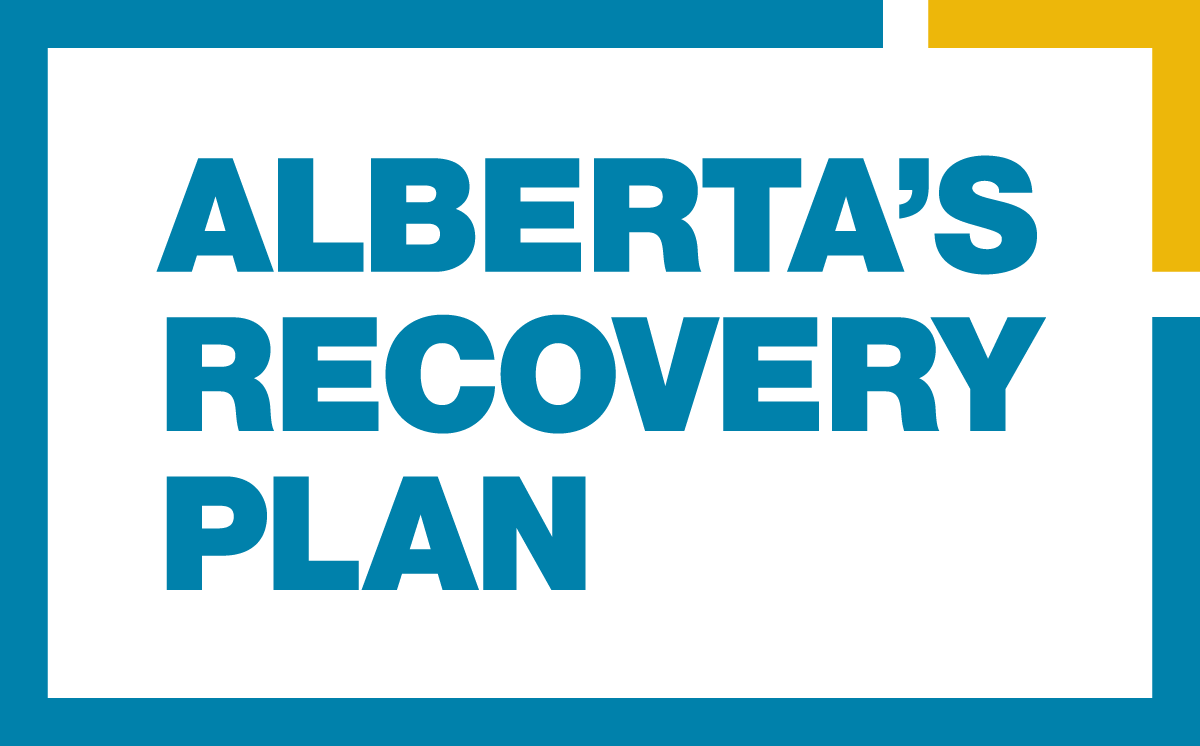According to the report titled Alberta’s Opportunity: The Ins, Outs and Benefits of Greater Job Mobility, improving labour mobility could add about $2.8 billion per year to Alberta’s GDP. The report identifies steps that could help make it easier for Canadians to move to Alberta for work, such as streamlining the recognition of the credentials and training.
Studies estimate that internal barriers to free trade within Canada may cost the Canadian economy as much as $130 billion per year, and that the costliest element of restrictions to internal trade are the barriers to labour mobility between provinces. That is why Premier Jason Kenney committed in July 2019 to explore the possible unilateral recognition of trade and professional credentials issued by other provinces, as part of Alberta’s leadership on advancing free trade.
“The single biggest factor in Alberta’s economic growth and diversification over recent decades has been population growth, as hundreds of thousands of Canadians have brought their skills and work ethic to help build our province. Alberta has been by far the greatest beneficiary of job mobility within the Canadian Federation, but too many costly barriers still exist to labour mobility, barriers that cost our economy billions of dollars every year. That’s why I announced last summer that Alberta would study the feasibility of unilateral recognition of Canadian credentials, cutting red tape to reinforce Alberta’s historic role as a magnet for risk takers and hard workers. This study by the highly respected C.D. Howe Institute confirms that we could grow Alberta’s economy by as much as $2.8 billion by increasing job mobility.”
“No other province has been hit as hard as Alberta by the COVID-19 pandemic and downturn in the economy impacting the province’s key sectors. Making it easier for Canadians who have moved to Alberta to get their professional credentials recognized will help them find work, stay in the province and stimulate Alberta’s economy.”
“Though other provinces would benefit from similarly reducing barriers to potential movers, both Alberta and Canada as a whole can gain from unilateral moves by the province to lower the costs for Canadians who might contemplate plying their trade, exercising their profession, or operating their business from Alberta.”
Regulated occupations and professions are inconsistently regulated across Canada and often require additional courses, examinations and other steps to recertify when moving to another province. The report looks at potential gross domestic product (GDP) and employment gains that come with lowering the costs of moving into Alberta.
The report also highlights how reducing these barriers will be critical to help Alberta recover from the COVID-19 pandemic and global energy crisis. Attracting Canadian entrepreneurs, such as engineers who could open businesses in Alberta, will help strengthen our economy for the long term.
The Department of Labour and Immigration consulted with key stakeholders this summer to receive input on moving forward with the government’s commitment to pursue unilateral recognition of Canadian trading professional credentials.
Attracting talent to build Alberta’s economy aligns with Alberta’s Recovery Plan.
Alberta’s Recovery Plan is a bold, ambitious long-term strategy to build, diversify, and create tens of thousands of jobs now. By building schools, roads and other core infrastructure we are benefiting our communities. By diversifying our economy and attracting investment with Canada’s most competitive tax environment, we are putting Alberta on a path for a generation of growth. Alberta came together to save lives by flattening the curve and now we must do the same to save livelihoods, grow and thrive.
Quick facts
- About 260,000 Canadians move from one province to another each year.
- The report indicates that labour mobility across occupations, sectors and regions is an important way in which economies can respond to shocks.
- According to the report, migration into and out of Alberta is particularly sensitive to economic conditions, and provincial policy can play a key role in influencing migration outcomes.
- The report estimates that reducing migration costs by about $500 per person, per year, would attract about 20,000 additional workers to Alberta and increase the overall provincial GDP by $2.8 billion or 0.8 per cent.
